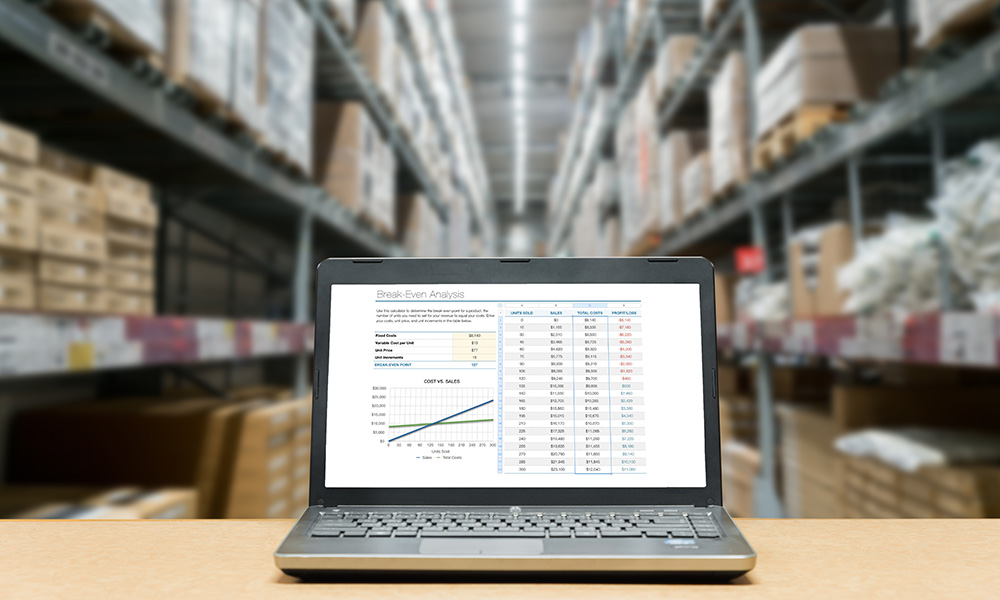What is Cost of Goods Sold?
Back to all Small Business guides

Cost of goods sold (COGS) refers to the direct costs and expenses that go into producing goods sold by a business. This includes the cost of raw materials, packaging and labour, but excludes indirect expenses, such as distribution costs, rent and sales force costs. COGS counts as a business expense and affects how much profit will be made on a product, making it a key part of your financial accounting.
What Is the Cost of Goods Sold Formula?
A basic method of calculating COGS is to take a company's beginning stock for a specific period, add the total stock purchases made over that period, and then deduct the ending stock balance. This calculation provides the total amount of stock/the cost of stock that the company has sold in that timeframe.
(Beginning Stock + Purchases) – Ending Stock Balance = COGS
For example, if a company starts with £25,000 of goods in stock, makes £10,000 in stock purchases and ends the period with £15,000 in stock, then the cost of goods sold for the period is £20,000 (£25,000 + £10,000 - £15,000).
To make this calculation, you'll need to know how much inventory you had at the start of the year, including any raw materials, any items that have been started but not completed, and other supplies. Having this information is also helpful in guiding your future purchases.
For accounting and reporting purposes, it's essential that your beginning inventory and your ending inventory match – otherwise, you'll need to be able to explain in detail to HMRC why this is not the case.
Purpose of Cost of Goods Sold
Cost of goods sold is an important number to track as it will help you determine the right price for your products to cover your costs while delivering a healthy profit margin. Quite simply, if you don't know your COGS and break-even point, you don't know if you're making a profit or not.
The usefulness of COGS goes further than this, however. It can help you measure your business's operational efficiency by highlighting any parts of the production process that are increasing your costs and where you could introduce operational efficiencies and/or reduce wastage.
It can also be used to compare the costs of different products. If your company manufactures several items, it's helpful to know which cost more to produce. You can also compare the processes used to create these products to identify where you could be wasting money.
Additionally, COGS can be used in various metrics and ratios to help track your business's financial health. In financial accounting, COGS will appear as an expense on your profit and loss statement and is deducted from a business' revenue to calculate its gross profit margin - the higher your COGS, the lower your margins, so the aim is generally to keep your COGS low so that net profit will be higher.
The COGS ratio, which shows the percentage of sales revenue a business uses to pay for expenses that vary directly with sales, can also be useful. A low ratio means that the costs incurred in production are lower than the generated sales. It is calculated by dividing COGS by net sales and multiplying by 100.
By understanding these calculations, you will better understand the financial health of your business, and you can make more informed decisions about whether you need to invest more in your operations, improve the way you manage your inventory, or find ways to cut costs.
As the cost of goods sold is a business expense, it's tax-deductible, so knowing your COGS will also help you manage your taxes better. If your COGS is high, you'll pay lower taxes because you'll have less net income. While paying less tax may be appealing, high COGS can also mean your business is not making much profit, so it's important to find the right balance.